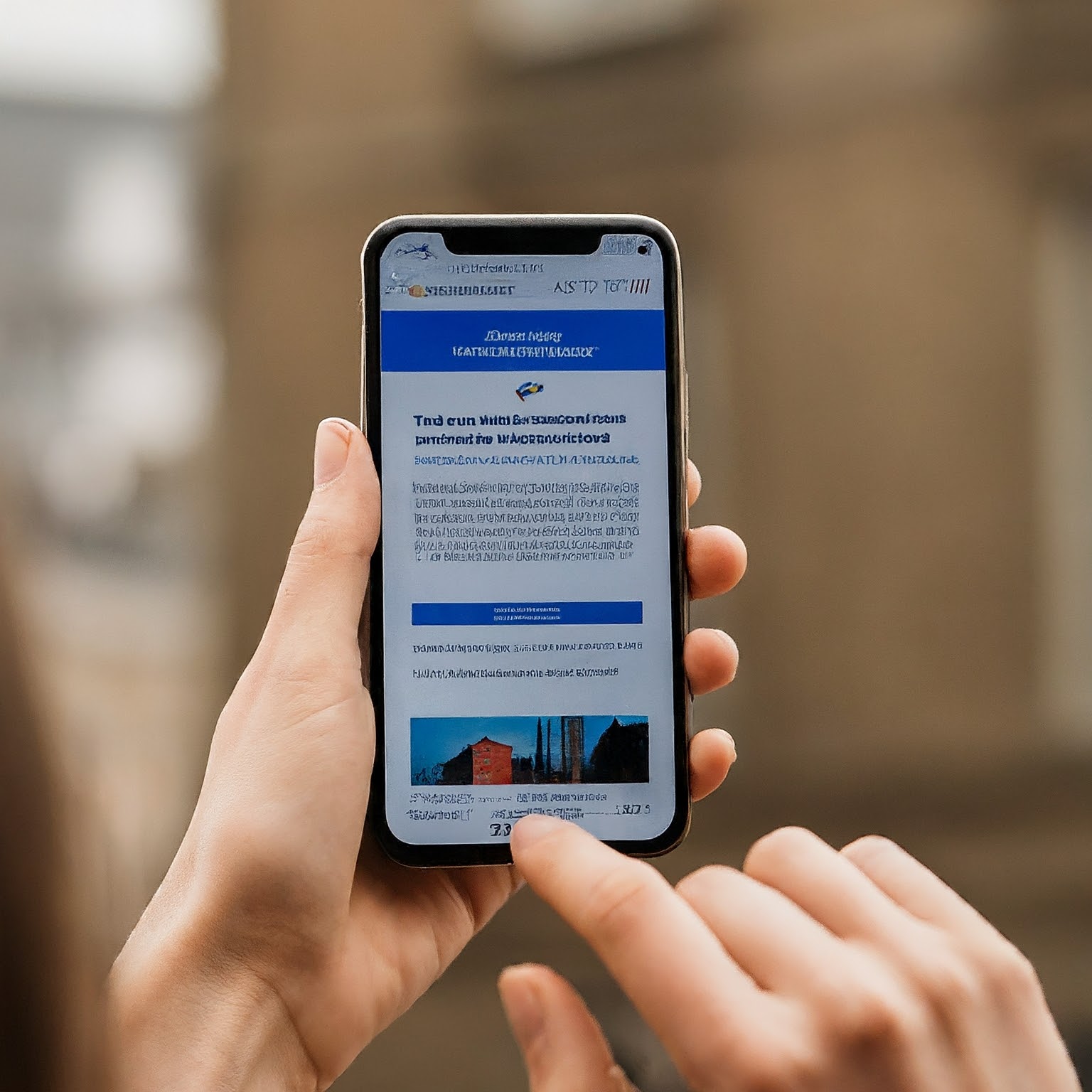In today’s increasingly digital world, access to the internet has become essential for education, employment, healthcare, and civic participation. Yet, millions of Americans face the challenge of digital inequality, with cost being a primary barrier. Recognizing this issue, various programs and initiatives have emerged to provide free internet service with food stamps, aiming to bridge the digital divide.

Understanding the Digital Divide
The digital divide refers to the gap between those who have access to technology and those who do not. For many low-income households, the cost of internet service is a significant financial burden. This disparity can have far-reaching consequences, limiting educational opportunities, job prospects, and access to essential services.
Free Internet Service and Food Stamps
Several programs and initiatives connect the benefits of free internet service with food stamps, providing critical support to eligible households. These programs typically target individuals and families participating in the Supplemental Nutrition Assistance Program (SNAP), also known as food stamps.
The Affordable Connectivity Program (ACP)
One of the most significant advancements in bridging the digital divide is the Affordable Connectivity Program (ACP). This federal benefit program provides eligible households with a discount of up to $30 per month toward internet service and a one-time discount of up to $100 for a laptop, tablet, or desktop computer. To qualify for the ACP, households must meet income eligibility criteria or participate in specific government assistance programs, including SNAP.
Lifeline Program
The Lifeline program is another government-supported initiative that provides discounted phone service and internet access to low-income households. While primarily focused on phone service, some Lifeline providers also offer internet access. Eligibility for the Lifeline program is based on income or participation in government assistance programs, including SNAP.
Internet Service Provider (ISP) Programs
In addition to government-funded programs, many ISPs offer their own initiatives to provide affordable internet service to low-income households. These programs often have eligibility requirements based on income or participation in government assistance programs, such as SNAP.
Challenges and Opportunities
While programs offering free internet service with food stamps are making a positive impact, several challenges persist:
- Digital Literacy: Access to the internet is just the first step; digital literacy skills are essential for effectively using online resources.
- Awareness: Many eligible households may be unaware of the availability of these programs.
- Infrastructure: Reliable internet infrastructure is crucial for delivering quality service, especially in rural areas.
To address these challenges, ongoing efforts are needed to increase awareness, expand program eligibility, and invest in digital literacy training.
The Impact of Free Internet Service
Providing free internet service with food stamps has a profound impact on individuals and communities:
- Educational Opportunities: Enables students to access online learning resources and complete homework.
- Job Search: Facilitates job searches and online job applications.
- Healthcare Access: Improves access to telehealth services and health information.
- Civic Engagement: Promotes civic participation through online resources and engagement.

Conclusion
The availability of free internet service with food stamps is a crucial step towards bridging the digital divide. By providing affordable internet access to low-income households, these programs empower individuals and families to participate fully in the digital age. As technology continues to evolve, it is essential to expand and enhance these initiatives to ensure equitable access to the internet for all.
لا تعليق